Coming Full Circle: Celebrating 55 Years of the Paykan & Saying Goodbye to the Samand - Part 1
Images: Maryam Fazili, National Paykan Club of Iran, Borzou Sepasi Archives & Ramin Salehkhou Archives
As we round out the end of 2022, there were two milestones celebrated in Iranian automotive history, which, given the recent developments in Iran, would have otherwise been overshadowed.
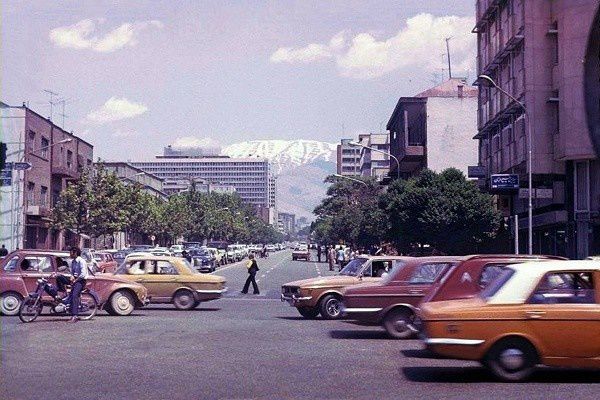
The first was the celebration on the 13th of May 2022, of the 55th Anniversary of the Iran National Paykan, a vehicle which has national icon status and was the platform which launched the Iranian automotive industry to mass production scale. The second was the phase out of the Paykan’s progeny, the Samand, Iran’s first national car, on the date of October 2, 2022, which will be covered in the third part of this series.

The Paykan, a locally assembled Hillman Hunter, was the brainchild of two entrepreneurial brothers, Ahmad and Mahmoud Khayami, who dreamed of starting their own automotive factory. Starting with a mechanics’ workshop and carwash in the northwestern Iranian city of Mashad, the brothers subsequently emigrated to the capital Tehran where, by sheer will, they were able to convince Mercedes-Benz to supply them with bus chassis, pursuant to which they would build and install the bodies in a budding factory on the outskirts of Tehran.
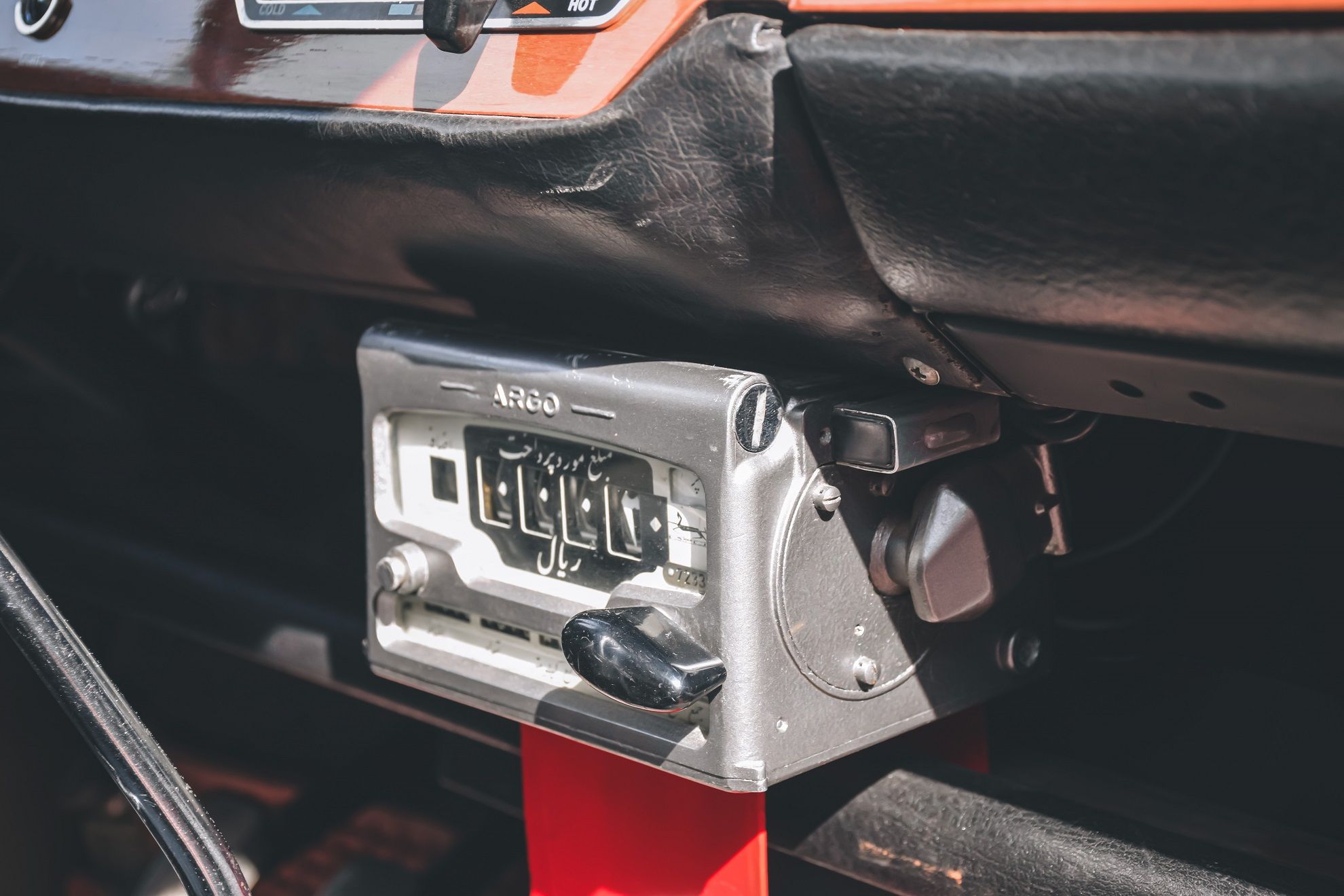
Soon, they were able to secure the franchise for Mercedes-Benz buses following which (and having taken note of their entrepreneurial skills, which came at the urging of Iran’s former monarch, Shah Mohammad Reza Pahlavi), the brothers embarked on achieving their dream, namely to enter into the mass production of passenger cars.

After negotiating with a number of international manufacturers, the brothers settled on the Rootes Group, whose simple, rugged and compact Hillman Hunter met the criteria that the brothers had set, not to mention the fact that Rootes agreed to the brother’s contractual conditions to assist in achieving local content via technology transfer.
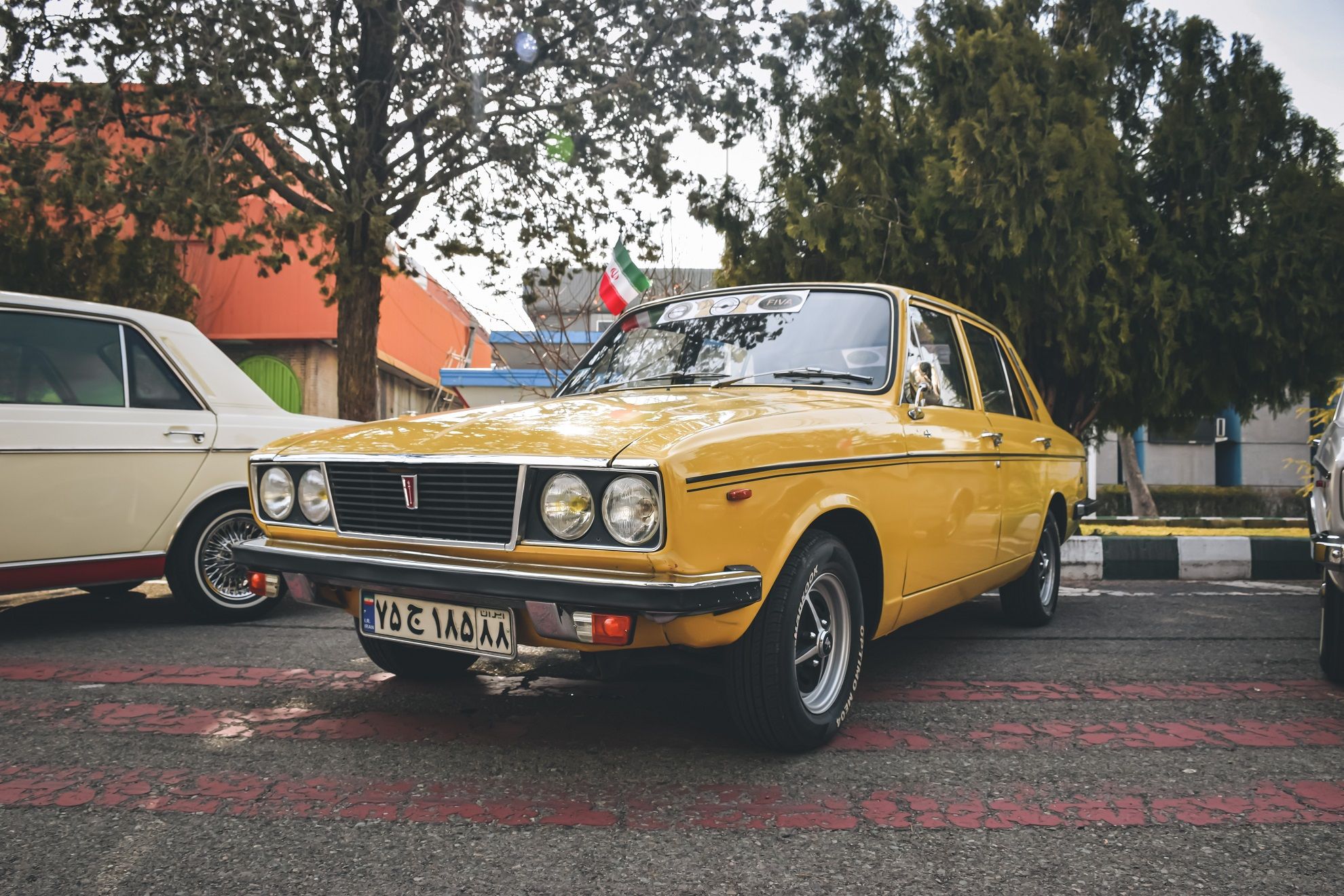
Following its launch on May 13, 1967, the Hunter (renamed in Farsi as ‘Paykan’ meaning Arrow) met with great reception, and production and sales rose exponentially every year, leading the Khayami brothers to capitalize on the economy of scale they had achieved to invest in establishing a local supply chain network from scratch. As a result, by the time of the 1979 revolution in Iran, production had surpassed 100,000 units per annum with a local content of 55%. (1)

Such was the impact of the Paykan that, when looking at pictures from the period, it would seem that almost every car on the road in Iran was a Paykan. The brilliant marketing of the Khayami brothers virtually filled every market segment, attracting a broad and diverse range of customers ranging from the Iranian Prime Minister who eschewed his official limousine in favor of the ‘Deluxe’ version of the Paykan (a Paykan with extra trim items) to farmers who used a pick-up variant specially developed for the Iranian market.
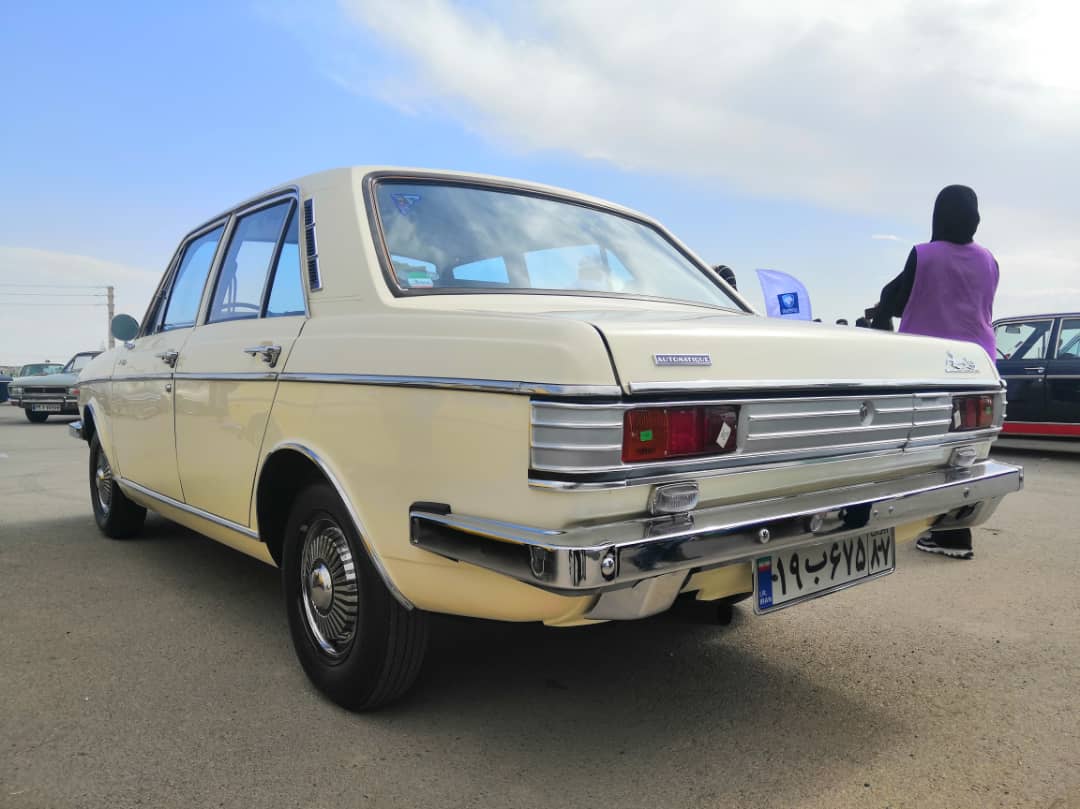

Other variations included the Paykan ‘Taxi’. a version which soon became the backbone of the Iranian taxi fleet; the ‘Javanan’ which literally means the ‘Youth’ which had a twin carbureted engine and sporting trim; the ‘Kar’ meaning ‘Work’, which was a stripped down base model that shared the same dashboard and gauges as the pick-up version; and the ‘Automatique’ which came equipped with an automatic transmission and primarily targeted female drivers. Rounding out this diverse portfolio was a station wagon version.

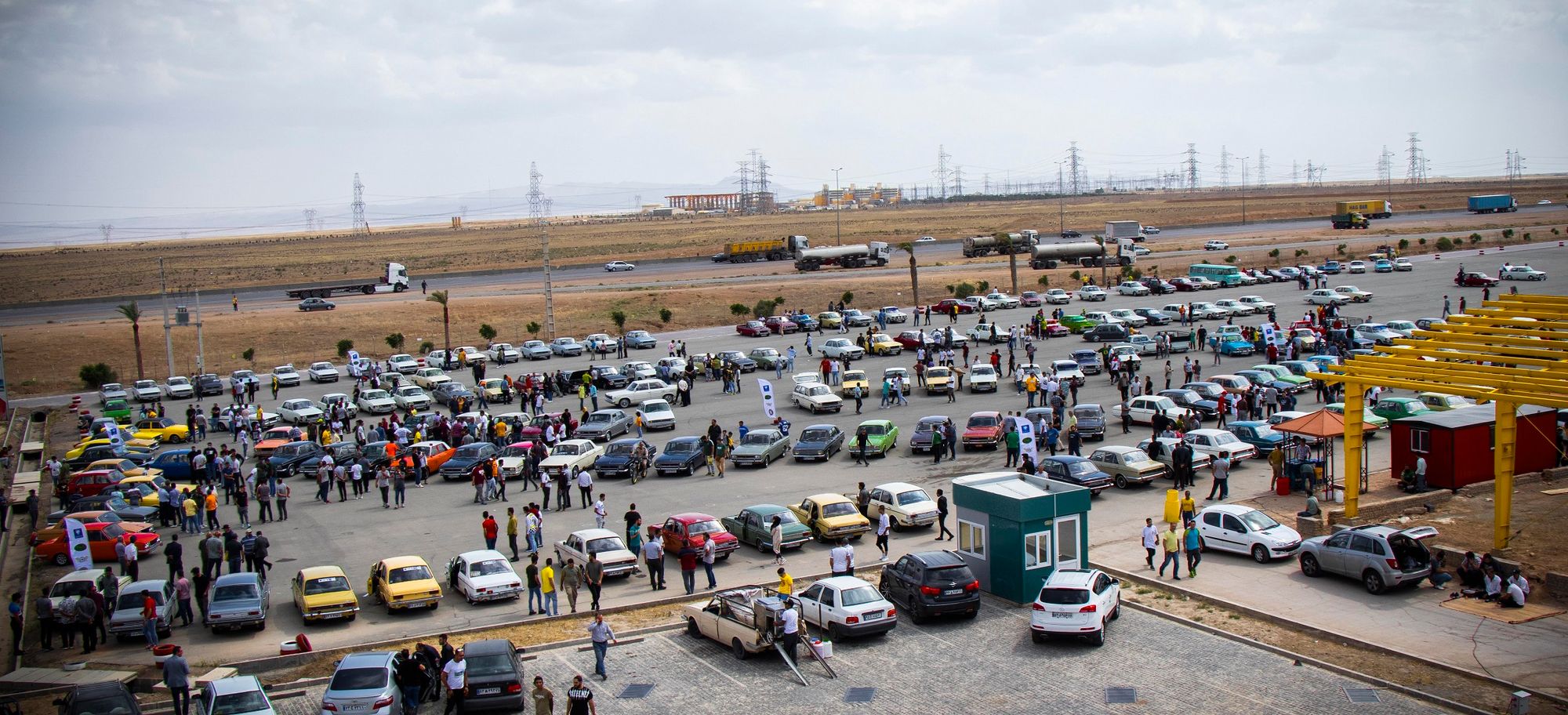
On May 13, 2022, the National Paykan Club of Iran, a club active under the auspices of the Historic Vehicle Association of Iran (HVAI), the FIVA ANF, gathered over 500 Paykans at Iran’s Island Auto Circuit and Complex. The diversity of the Paykans attending were a microcosm of the brilliant marketing of the Paykan, which targeted each market segment, as can be evidenced by the diverse array of vehicles in attendance.

The following part of the series (which is likely to be published some time next year) will cover the history of the Paykan following the 1979 Iranian revolution and the nationalization of the Iran National factory.
Footnote: Robert Graham, ‘Iran the Illusion of Power’, St. Martins Press, New York, New York, 1979 P. 110
The author would like to thank automotive historian Borzou Sepassi and the head of the National Paykan Club of Iran, Mr. Kazem Zhian, for their assistance in this article.
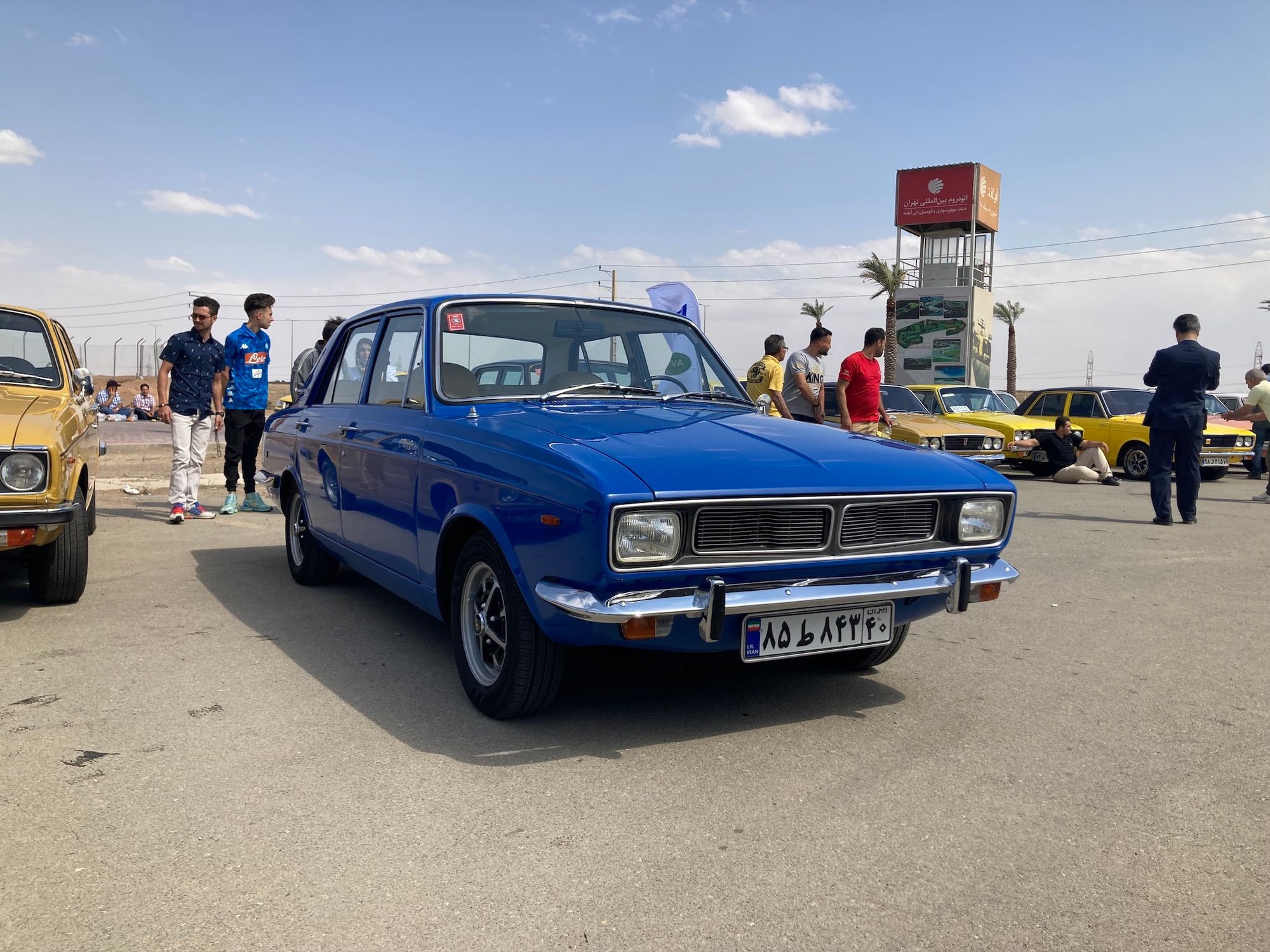
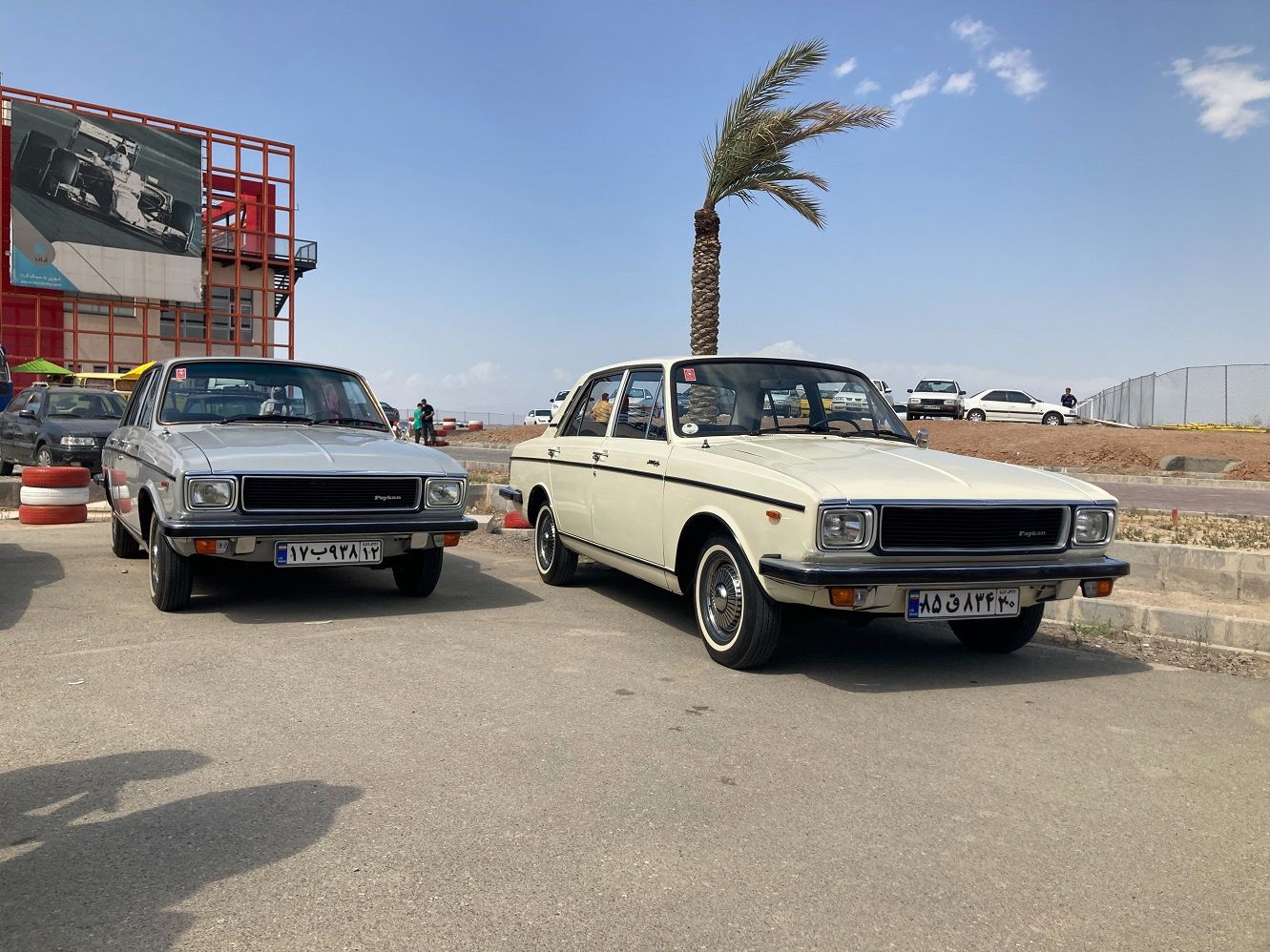
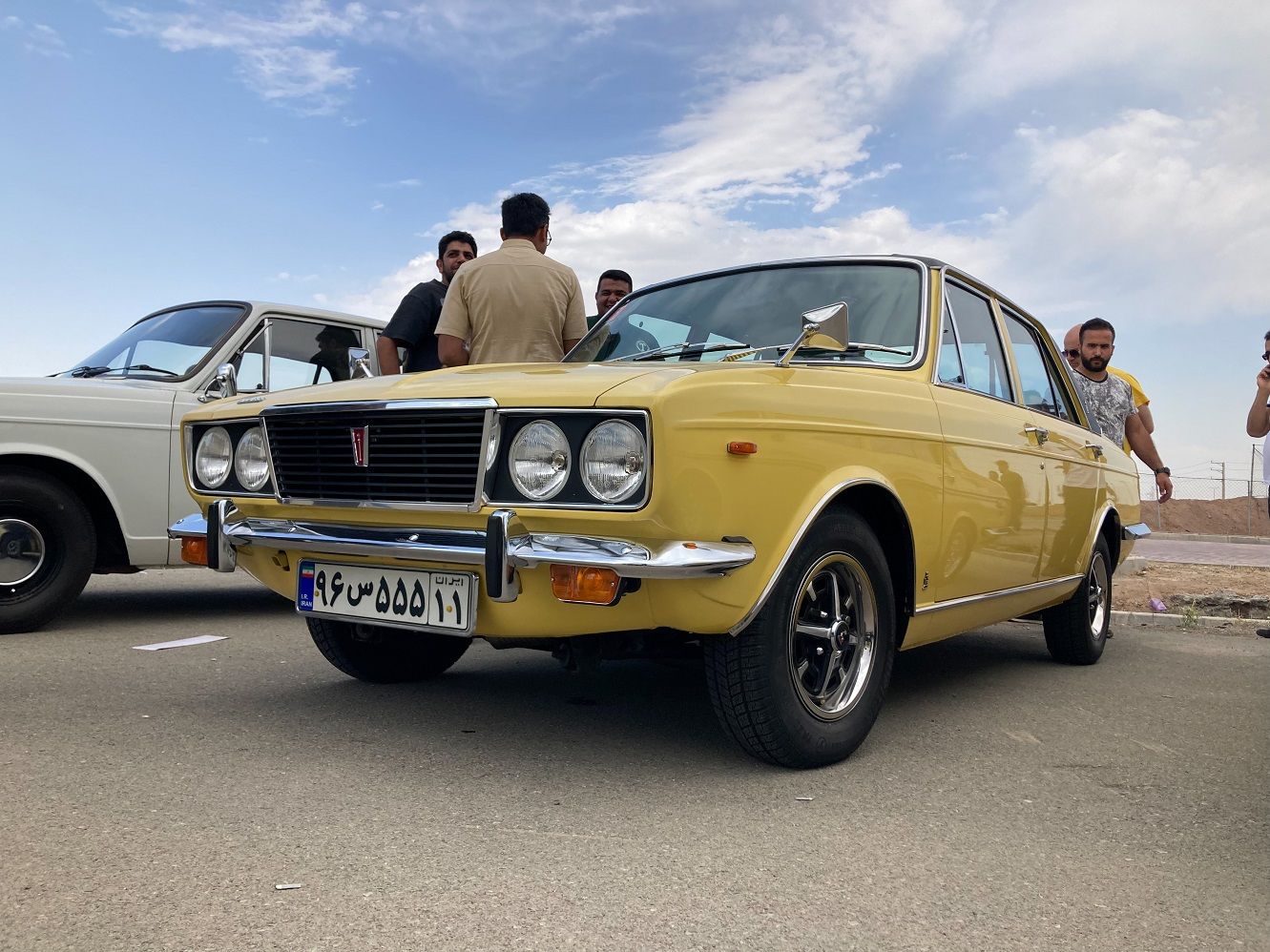
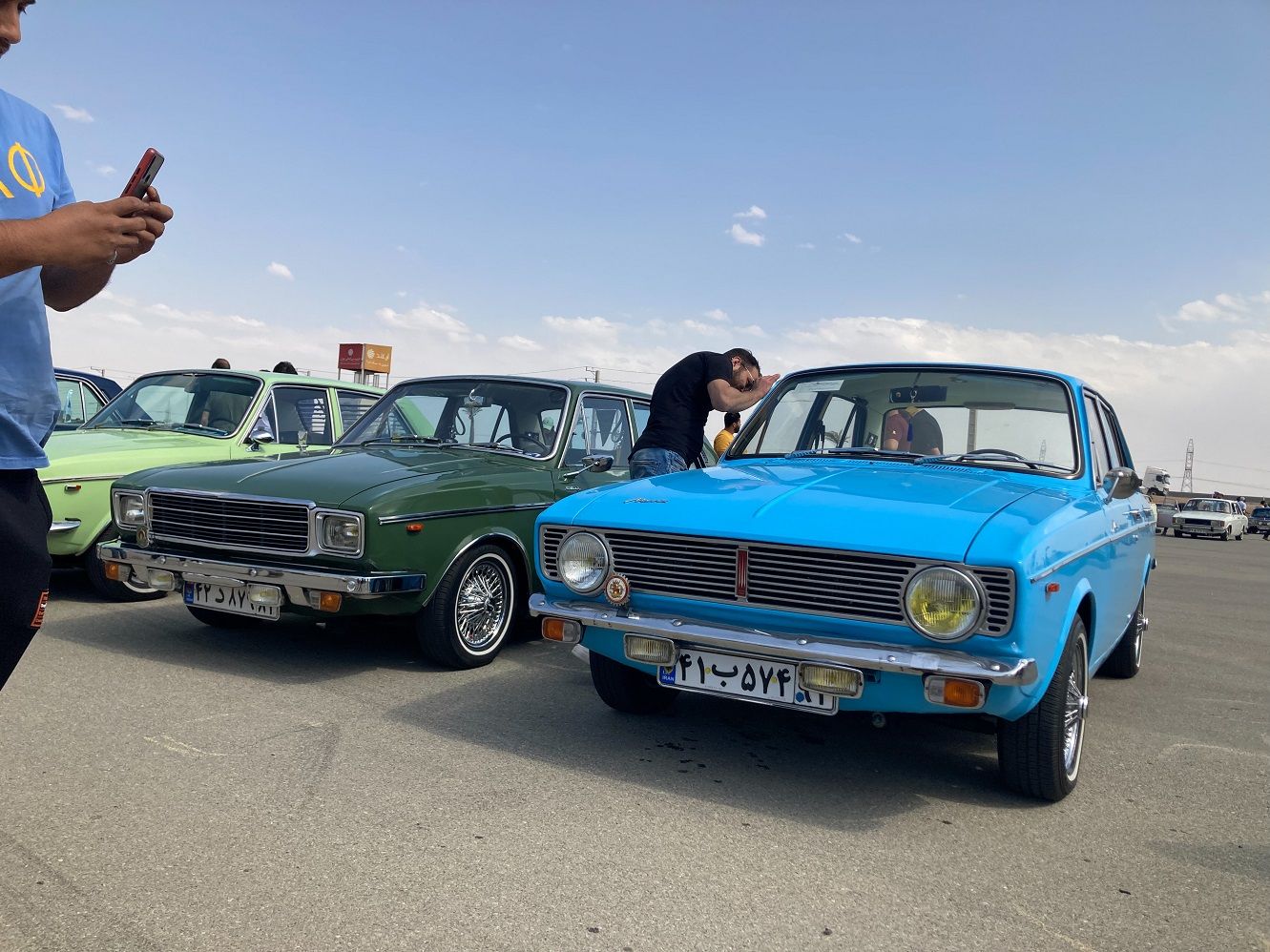
Comments
Sign in or become a deRivaz & Ives member to join the conversation.
Just enter your email below to get a log in link.
